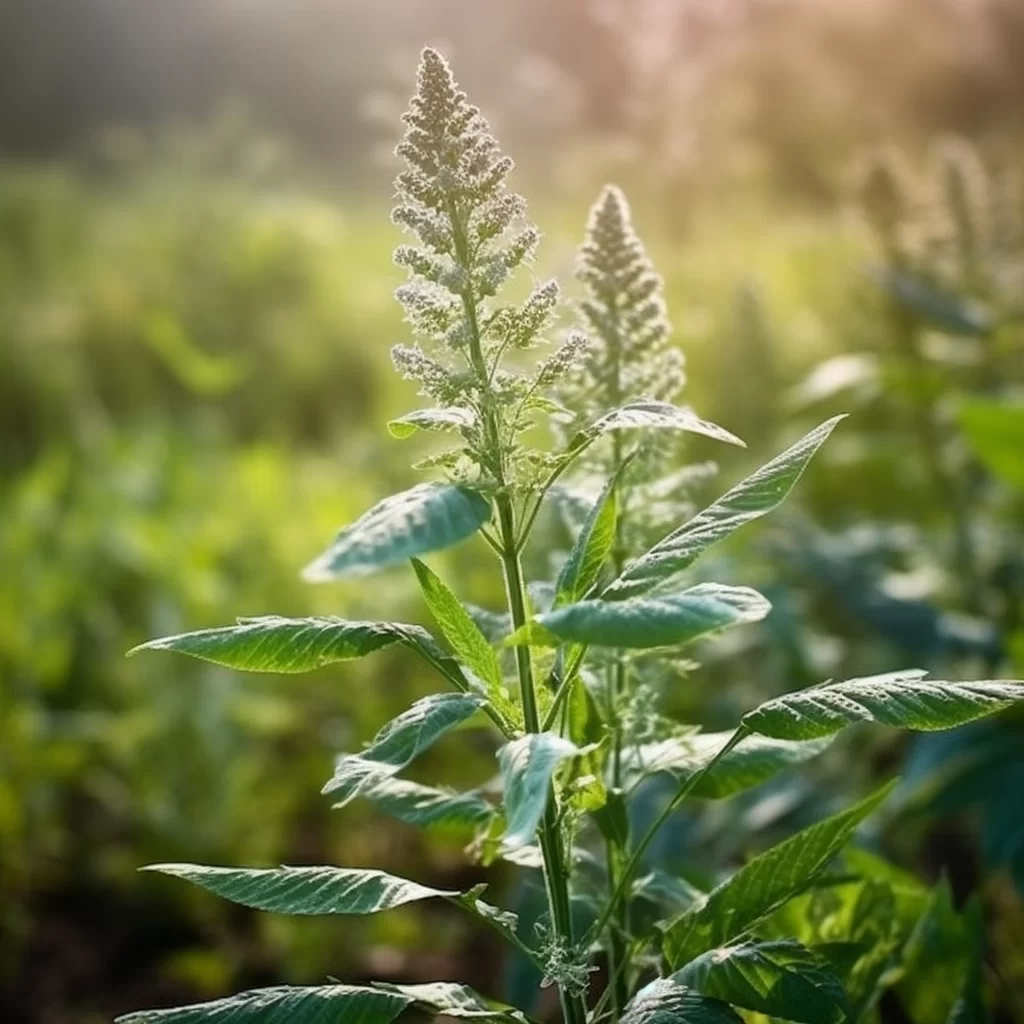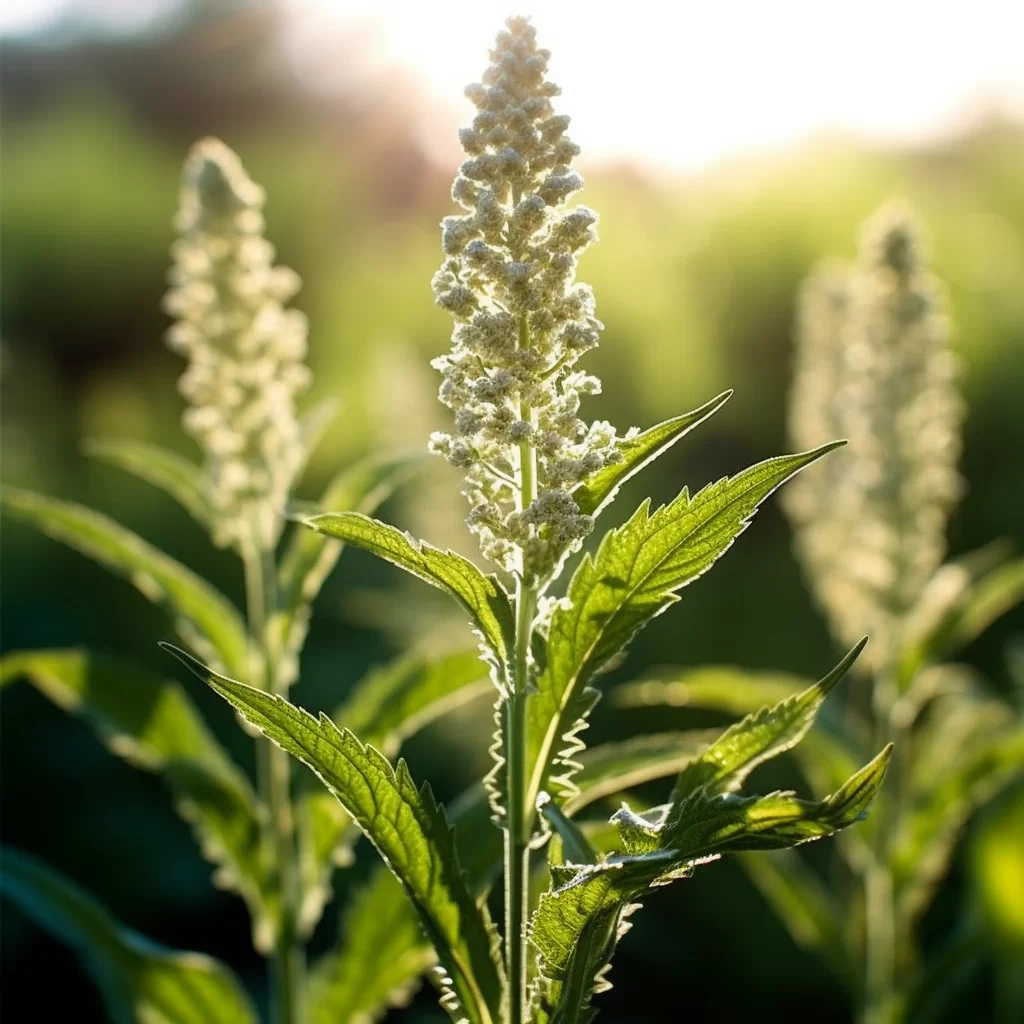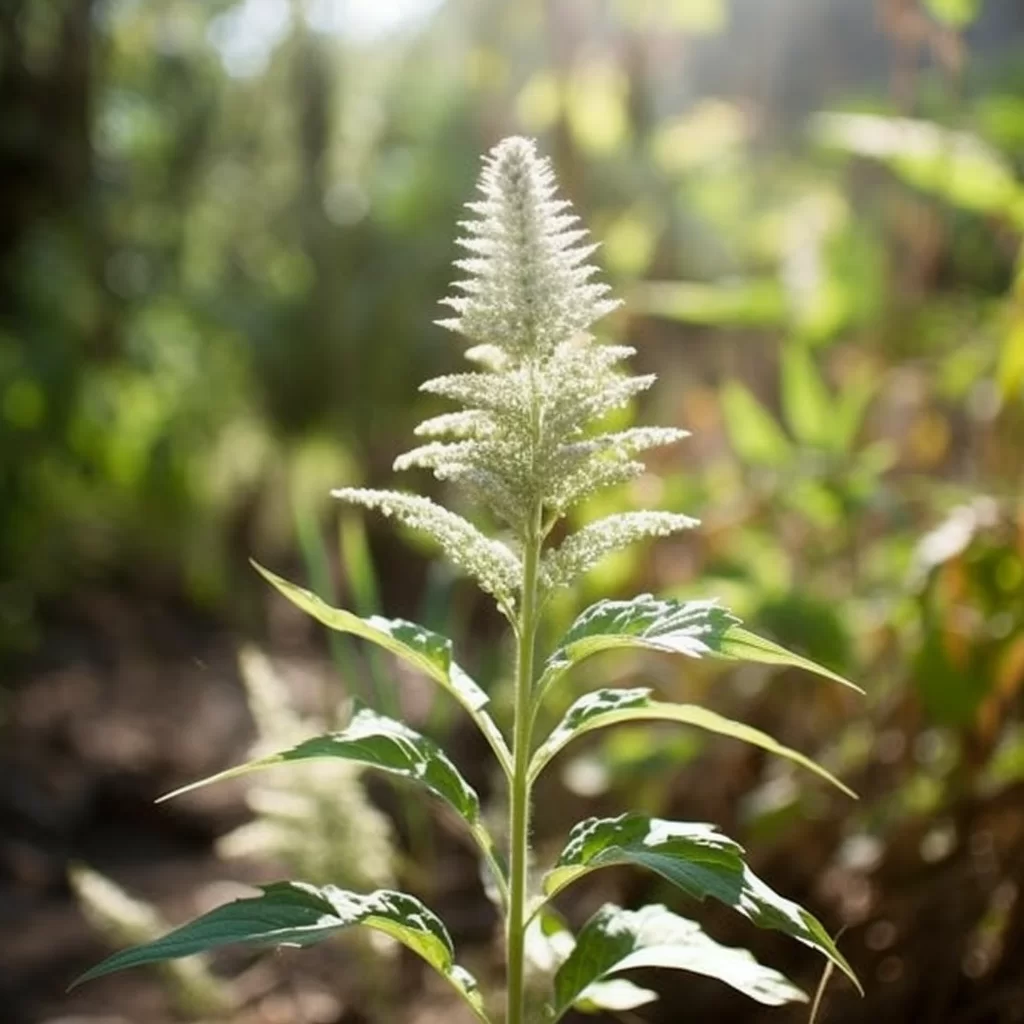Story of Day :
Contents
The Boneset Plant: The Complete Guide and Care Tips
If you’re on the lookout for a lovely plant that can do more than just decorate your garden, then you might want to check out boneset.
This perennial herb is famous for its striking white blossoms that emerge during the latter part of summer.
However, what makes it even more fascinating is its medicinal value.
In fact, boneset has been widely used in traditional medicine for centuries due to its healing properties.
If you’re interested in how to cultivate and nurture boneset plants, we’ve got everything covered in this guide.Growing and nurturing boneset plants may seem daunting at first but with proper care and attention, it can thrive beautifully in your garden or backyard.
You’ll not only have an attractive addition to your outdoor space but also a highly useful one that can help alleviate various ailments such as fever, coughs, colds, and arthritis pains.
We’ve compiled all the essential information on how to grow and maintain healthy bonesets so you can enjoy their aesthetics while also taking advantage of their medicinal benefits!
What is Boneset Plant?
The Boneset plant, also known as Thoroughwort or Feverwort, is a member of the Asteraceae family.
This herbaceous perennial can grow up to 4-6 feet tall and has smooth stems that are green with a hint of purple.
The leaves are arranged oppositely along the stem and have a unique perfoliate structure where the stem passes through them, giving them an almost “glued” appearance. Boneset plants have been used for centuries in traditional medicine to treat various ailments such as fever, influenza, and digestive issues.
Boneset plants have been used for centuries in traditional medicine to treat various ailments such as fever, influenza, and digestive issues.
Its name “Boneset” comes from its use in treating dengue fever where it was believed to help reduce bone pain associated with the disease.
Moreover, several studies have shown that some compounds found in Boneset possess anti-inflammatory properties which may explain its effectiveness as a natural remedy for fever and other conditions.
Feverwort, also known as “boneset”, has been used for centuries by native Americans as a natural remedy for fever.
Its ability to induce sweating gave it its name, and it was widely used during outbreaks of malaria in early America.
Settlers believed that this plant had miraculous healing abilities that could even heal broken bones, hence the nickname “boneset”.
The herb was so highly valued that it was even included in medical texts and was commonly prescribed by doctors to their patients.Today, many people still use feverwort for its anti-inflammatory properties and to help relieve symptoms of flu or colds.
While scientific studies on the effectiveness of the herb are limited, anecdotal evidence suggests that taking a tea made from feverwort leaves can help alleviate headaches and body aches associated with colds and flu.
Additionally, some herbalists recommend using feverwort as a diaphoretic (to promote sweating) which can be helpful in reducing fevers caused by infections like pneumonia or bronchitis.
Overall, while more research is needed on this ancient herb’s healing properties; there is no denying its historical significance as an effective natural remedy for various ailments!
Growing Boneset Plants
- Climate: This plant thrives best in hardiness zones 3-9 under full sun or partial shade exposure.
- Soil: It requires rich soil with good drainage capabilities and slightly acidic PH levels ranging from 5.5 -7.0
- Sowing seeds:Bonesets can be grown from seeds planted outdoors after all frost danger has passed usually around May when soil temperatures have risen above 50°F (10°C).
Sow shallowly about an inch deep into the soil and 2-3 inches apart.
- Propagation: It can also be propagated by division or stem cuttings taken during the early part of summer.
- Watering: Boneset requires moderate watering and should be kept moist but not waterlogged.
- Fertilization :Bonesets do not require heavy fertilization, Applying a balanced fertilizer once a year in late winter will suffice.

Caring for Boneset Plants
Bonesets, also known as Eupatorium perfoliatum, are a type of perennial plant that is well-loved by gardeners and nature enthusiasts alike.
They are incredibly easy to take care of and require very minimal upkeep beyond weekly watering.
These plants can thrive in various conditions, including humid climates and dry soil.
They also have a reputation for being hardy and can withstand fluctuations in temperature without withering or dying out.Additionally, bonesets have been used for centuries for their medicinal properties that help reduce inflammation and promote healing.
This plant has proven its worth as an excellent natural remedy that can be used to treat mild ailments like headaches, colds, coughs, feverishness etcetera.
Bonesets are truly remarkable plants that combine beauty with functionality while requiring little effort from gardeners who want the convenience of low-maintenance gardening without sacrificing aesthetics or health benefits!
- Pests and diseases:Boneset is usually pest resistant except for occasional aphids infestations which can easily be controlled by spraying with insecticidal soap.
They are also susceptible to powdery mildew which can occur in hot humid conditions however this can easily be prevented when planting them in areas with proper air circulation.
- Cutbacks: To promote bushiness, it is advisable to pinch off the tip of plants stems at early stages of growth before flowering begins.</LI?
- Maintenance: bonesets can grow quite tall up to six feet hence it’s important to provide support using stakes or cages especially when they begin blooming .this helps prevent them from falling over or getting damaged by strong winds .
- Harvesting:Bone sets have medicinal properties that have been used in several cultures as natural remedies, especially for respiratory ailments such as colds, coughs and flu hence after they bloom it’s best to harvest their leaves flowers and stems while still fresh , dry them up properly then store for future use.

Conclusion
If you’re a gardening enthusiast, you might want to consider adding boneset plants to your collection.
Not only do they add an attractive touch to your garden, but they also have numerous medicinal benefits.
Whether you’re dealing with cold or flu symptoms or looking for a natural remedy for pain relief, boneset is known for its healing properties.
Luckily, growing boneset is relatively easy as long as it’s planted in the right conditions and given proper care.
Once established, these hardy perennials will flourish year after year and continue to provide their health benefits.In addition to its medicinal uses, boneset has been used in traditional medicine practices for years.
Nowadays it’s becoming increasingly popular among herbalists and natural health enthusiasts alike who value its versatility and effectiveness.
So why not give this plant a try? If nothing else, it will add character and charm to your outdoor living space while potentially improving your well-being at the same time!